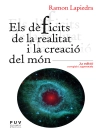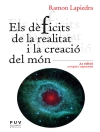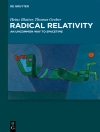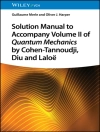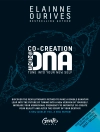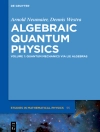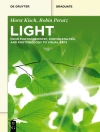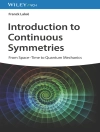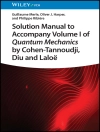This easy-to read book looks at the many ways in which diffusion bears on processes that involve dispersion, starting from the Brownian motion of molecules, covering the invasion of exotic plants, migration of populations, epidemics, and extending to the spreading of languages and ideas.
Recently, there has been a growing interest in understanding migrations, diffusion and spreading outside the “hard” natural sciences of physics and chemistry, for example the spreading of plants introduced as a result of globalization. Another fascinating story is that of human migration in the distant past, i.e. the immigration of our ancestors who brought agriculture from the Near East, or the fast spread of the Palaeo-Indians into the Americas after the end of the Ice Age. Likewise, the spread of languages in the past, and even more so the current spread and retreat of languages will be described here in terms of diffusion. By understanding these principles, there is hope that some of the less common languages that are threatened by globalization can be saved. Another important implication discussed by the author concerns the outbreak of epidemics; these may be mitigated if we understand their spreading mechanism. Last but not least the spreading of ideas and innovations, a process which changes the world sometimes faster than we wish, can also be usefully described in this picture.
قائمة المحتويات
Laws of diffusion and how they were found by unconventionally acting and thinking scientists (Brownian motion, Fourier’s theory of heat, Fick’s laws, Einstein-Smoluchowski’s random walk, Perrin’s experiments).- Invasion of exotic plants (chestnut leaf miner moth, ragweed).- Wave of advance (Fisher, Luther).- Neolithic migration (Eurasia, Americas).- Spread of languages (Indo-European in the past, endangered languages of today).- Spread of diseases.- Spread of innovations.
عن المؤلف
Gero Vogl graduated as Dr. phil. (Physik) at Universität Wien, Austria in 1965. He afterwards joined the Physikdepartment of Technische Universität München, Germany where he was habilitated in 1974 (Dr.rer.nat.habil.). In 1977 he became professor of experimental physics at Freie Universität Berlin, Germany and in 1985 full professor of physics at Universität Wien, Austria. From 1999 till 2001 he served as chairman of the Department of Structural Research at the Hahn-Meitner-Institut Berlin (Germany) before returning to Universität Wien from where he retired in 2009. For 40 years Gero Vogl’s scientific interests were centered on the dynamics of solid matter, i.e. lattice vibrations and in particular diffusion. He introduced several new methods, all based on the application of nuclear physics to the solid state (Nuclear Solid State Physics). To this aim he made use of research centers round the world using the most powerful neutron and x-ray sources spending altogether several years in France, USA, Japan and India. After 2005 Gero Vogl devoted much of his capacity to interdisciplinary research in the field of spread and diffusion together with experts from various other disciplines, publishing two booklets aiming at promoting the ideas. The present book lies exactly on this line. Presently he attempts to make use of models from physics to understand what drives language change, a phenomenon which threats to extinguish a good part of today’s languages. Corresponding member of Saxonian Academy of Sciences.



